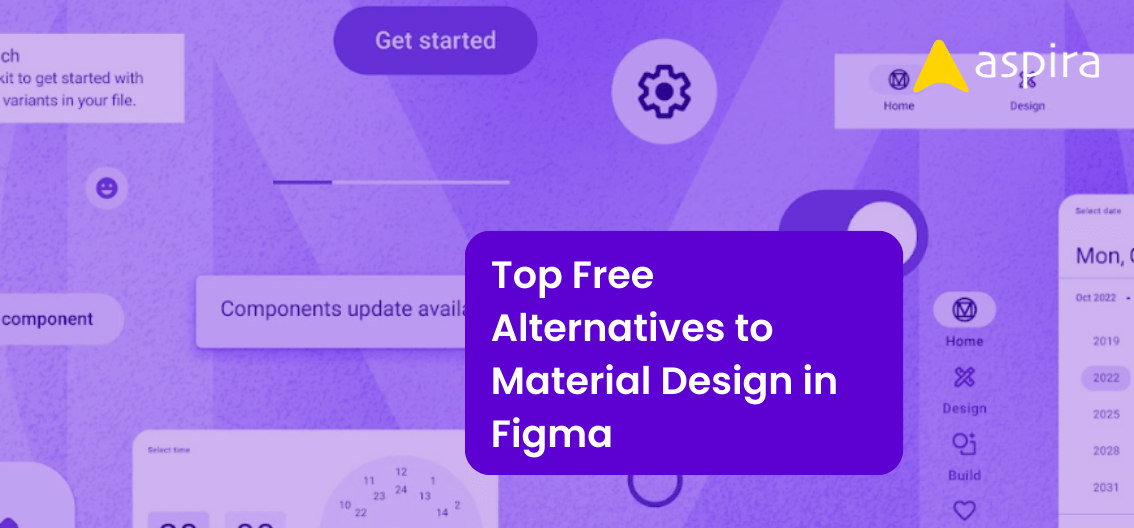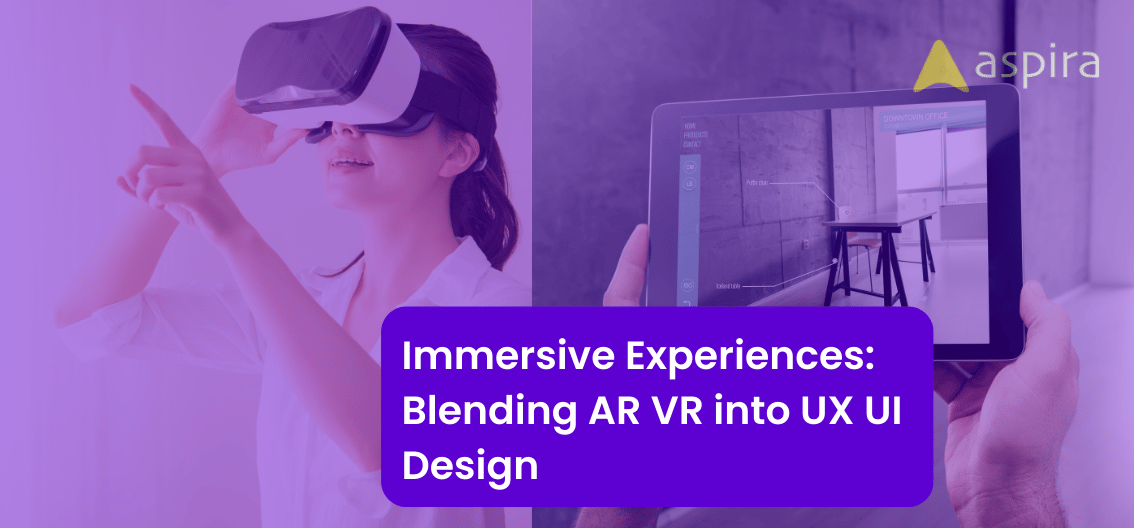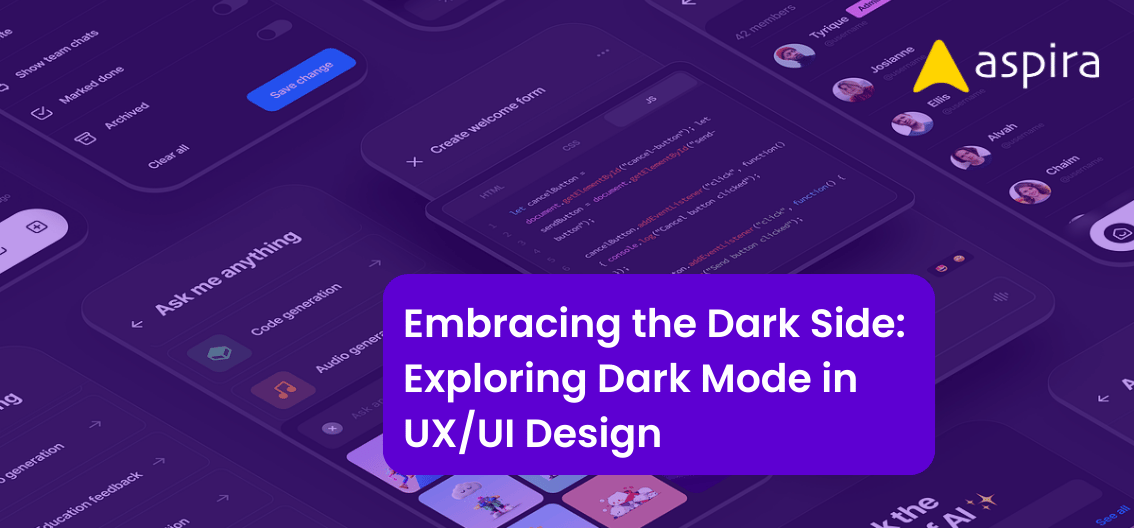UX Design - Mentor & Author.
25 Sep, 2024
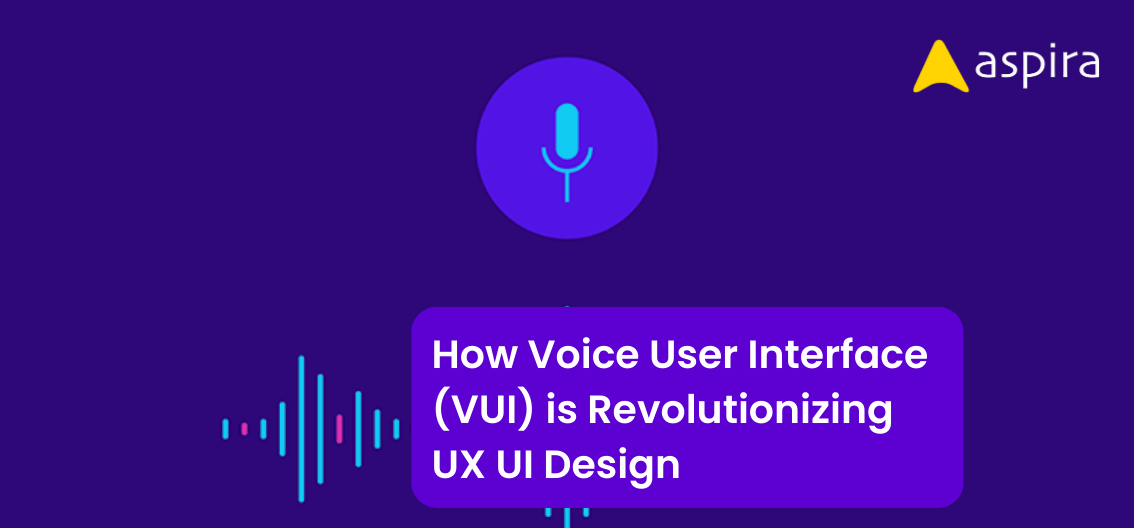
Voice User Interface (VUIs) are transforming how we interact with technology. Instead of relying solely on traditional graphical user interfaces (GUIs) involving touch, text, and clicks. VUIs allow users to engage with devices through spoken language. This evolution is driven by advancements in natural language processing (NLP) and artificial intelligence (AI). Enabling machines to understand and respond to human speech with increasing accuracy and nuance. As VUIs become more integrated into everyday technology. They are revolutionizing user experience (UX) and user interface (UI) design, creating more intuitive, accessible, and efficient interactions.
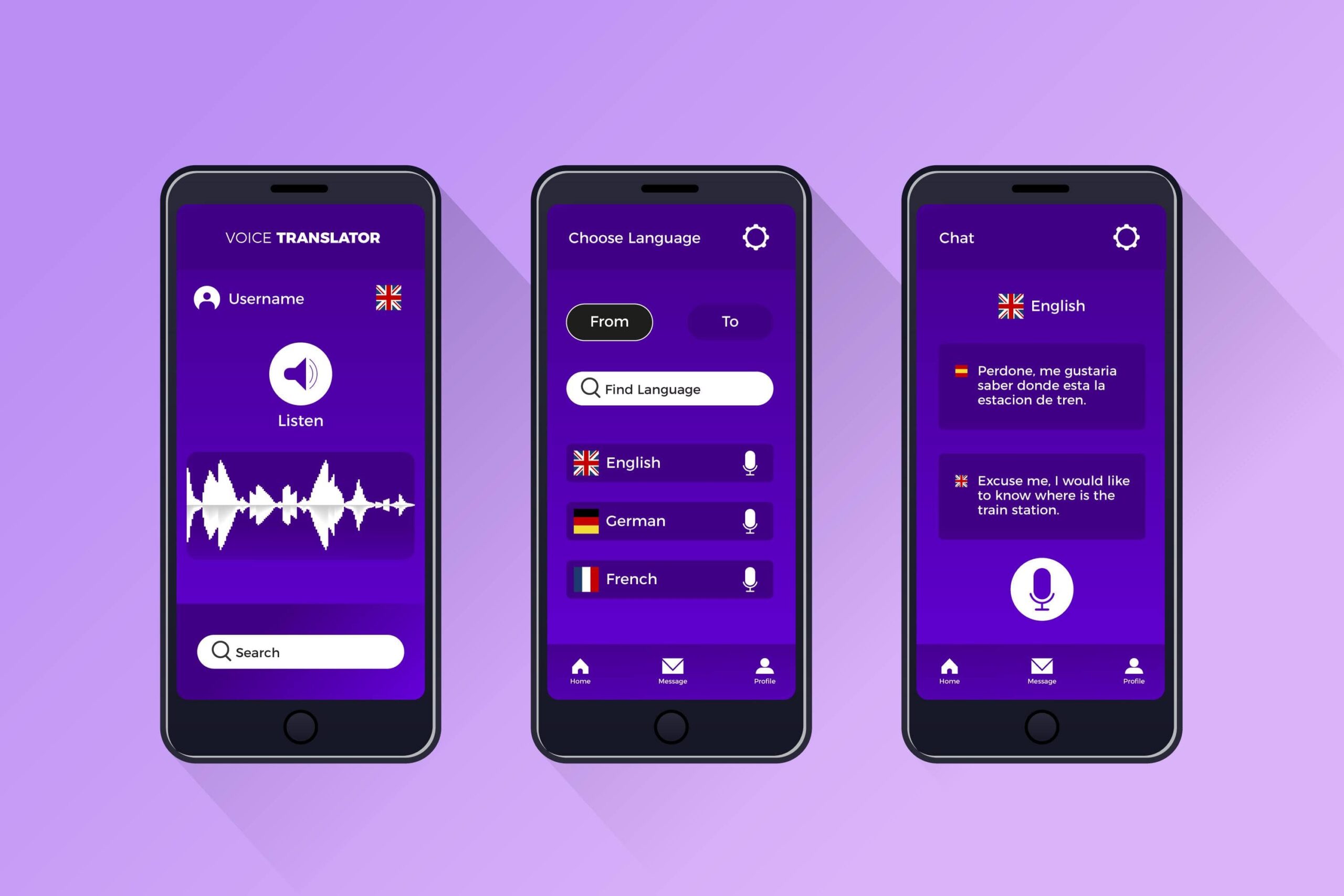
Benefits of Voice User Interface
Accessibility: One of the most significant benefits of Voice User Interface is their ability to enhance accessibility. For individuals with visual impairments, physical disabilities, or literacy challenges. VUIs provide an alternative method of interaction that does not rely on visual or manual input. By speaking commands or questions, users can navigate devices and access information seamlessly.
Convenience and Efficiency: VUIs offer a hands-free interaction model, which is particularly useful in situations where using hands or eyes is impractical, such as driving or cooking. This convenience boosts productivity by allowing users to multitask and access information or perform tasks more quickly and efficiently.
Natural Interaction: Human speech is the most natural form of communication. VUIs capitalize on this by making interactions with technology feel more human-like. This natural interaction reduces the learning curve associated with new devices and applications, making technology more approachable for all age groups.
Challenges in Voice User Interface Design
Understanding Context and Ambiguity: A key challenge in VUI design is ensuring the system accurately understands user intent, despite different accents, slang, and sentence structures. Designers must create robust NLP models to handle these variations effectively.
Providing Feedback: Unlike GUIs, where users receive immediate visual feedback, VUIs require alternative methods to inform users of successful commands or errors. This can be challenging, as auditory feedback must be clear, concise, and timely to maintain a smooth user experience without becoming intrusive or repetitive.
Privacy and Security: VUIs often involve constant listening, raising concerns about privacy and data security. Ensuring that voice data is securely processed and stored, and that user consent is obtained, is crucial in maintaining user trust. Designers need to implement stringent privacy measures and transparent policies to address these concerns.
Examples
Amazon Alexa: Amazon Alexa is one of the most well-known examples of a VUI. Integrated into devices like the Echo, Alexa enables users to perform a variety of tasks, from setting reminders and controlling smart home devices to playing music and providing weather updates. Alexa’s success has spurred widespread adoption of VUIs in consumer technology.
Google Assistant: Google Assistant, available on smartphones and smart home devices, showcases the integration of VUIs into everyday life. With its ability to understand context and provide relevant information or perform actions across different apps and services. Google Assistant exemplifies the potential of Voice User Interfaces to simplify and enhance user interactions with technology.
Apple’s Siri: Siri, Apple’s voice-activated assistant, has been a pioneer in bringing Voice User Interface to the mainstream. Available on iPhones, iPads, and other Apple devices, Siri allows users to send messages, make calls, set reminders. Control smart home products through voice commands, demonstrating the broad applicability of VUIs across different use cases.
Conclusion
Voice User Interfaces are undoubtedly revolutionizing UX/UI design by making technology more accessible, convenient, and natural to use. Despite the challenges in understanding context, providing feedback, and ensuring privacy, the benefits of VUIs are propelling their adoption and innovation. As technology continues to advance, we can expect VUIs to become even more sophisticated, further blurring the lines between human and machine interactions and setting new standards for user experience.
